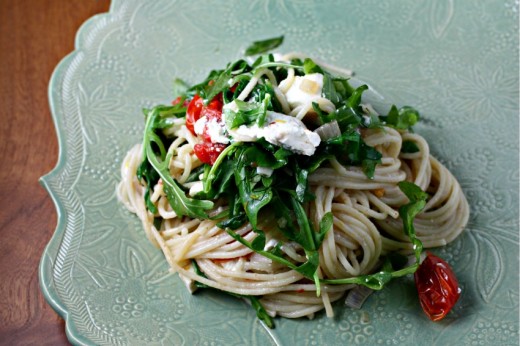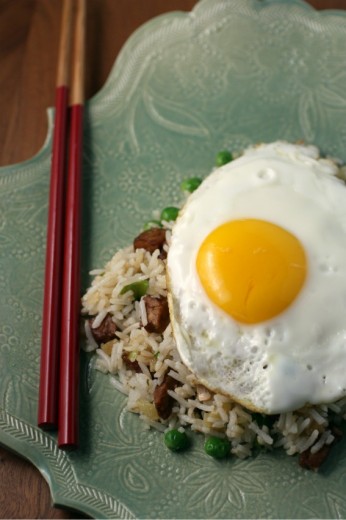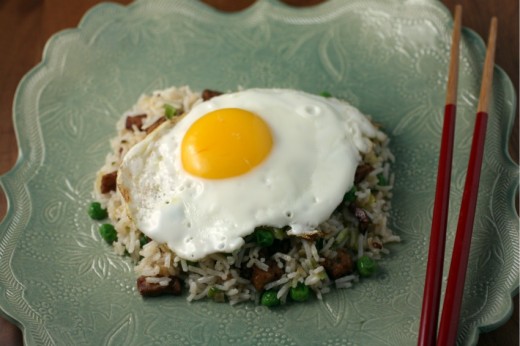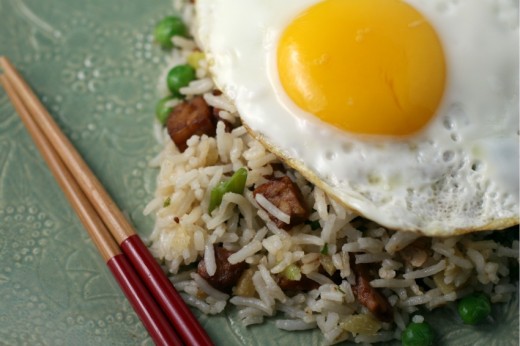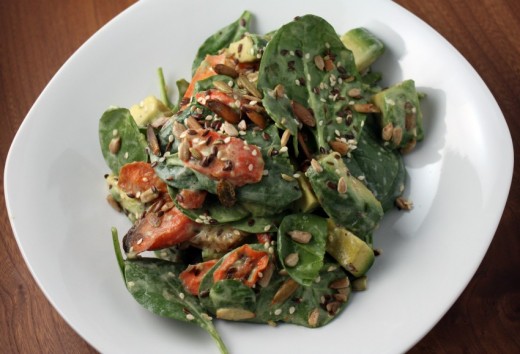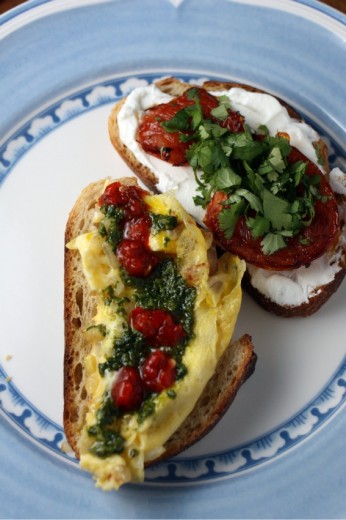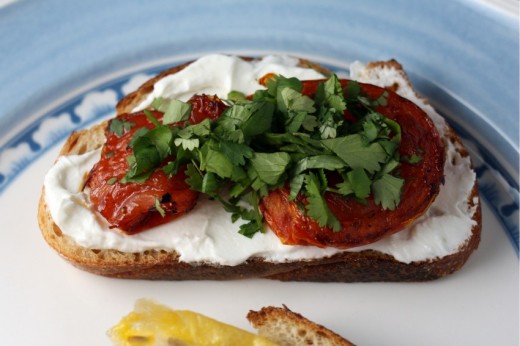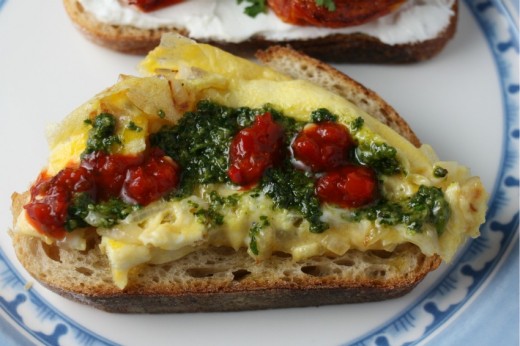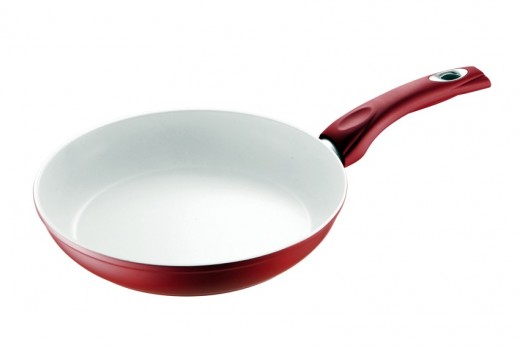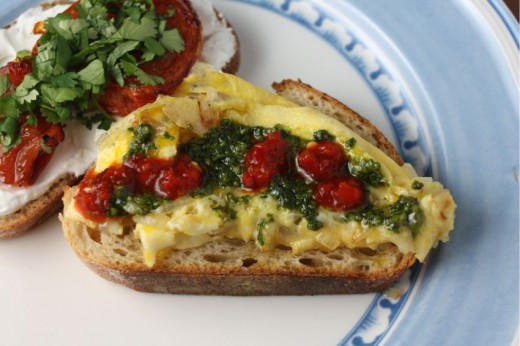Do not adjust your screen. Yes that is food. And yes there is a recipe at the end of this post.
I made dinner most nights we were in France. When I first saw the kitchen and its equipment in the Cagnes-sur-Mer place, I assumed we would eat dinners out. Two burners, one of them very small, and three pots, none of them bigger than a 3 quart. One big bowl, one wooden spoon, one spatula, and a handful of duller-than-dull knives (thankfully, I brought a knife with me). But after getting used to my tiny kitchen, I found making dinner each night to be lovely. Pleasantly easing into the evening after a busy day of laying on the beach or exploring beautiful French towns.
I made things that were relatively quick and easy. It was hot so I tried to keep my time in front of the stove at a minimum and I never turned on the oven. I made a giant salad every night and sometimes I just ate that with a big hunk of bread. I also kept it simple because I didn’t want to buy a bunch of ingredients that I would just have to leave behind.
So, we ate Mediterranean for a month. And it was awesome. But I missed Mexican, Asian, and Indian food. The first thing I made when we got back was a rice dish. I could have made risotto in France but I didn’t and I was craving rice like crazy by the time we got home. Also – quinoa. I found quinoa there but somehow it just didn’t seem like the right thing to cook there. I’ve made it several times since we’ve been home.
Now, I love quinoa but I don’t love it by itself and I don’t love it just boiled away in water. It is a very charming seed (not a grain!) but it needs a little help. I find I like it best made more as a pilaf. I sauté shallot rounds in a little butter, stir in the quinoa, then pour in a bit of white wine. I cook it until the wine is syrupy, then add the water. I have found that if you add just 1½ times the liquid as you have quinoa, it turns out great. (So for a cup of quinoa, I add ½ of wine and 1 cup of water.) It is not mushy and has that slight and delightful crunch.
What else is going on in that bowl? Red lentils, cooked just enough that they are soft but not so much that they lose their shape. Ricotta salata, one of the world’s most charming cheeses. A little crushed red pepper. Lots of mint. Lots of lemon juice. A little olive oil. Two additions I think would be lovely are pea shoots or broccoli rabe, the former blanched and finely chopped, the latter sautéed in olive oil, sprinkled with more red pepper flakes, and finely chopped.
One Year Ago: Lemony Chickpeas and Oven-Dried Tomato Stew, Savory Spinach, Feta, and Peppadew Muffins, Salted Caramel Squares
Two Years Ago: Chocolate Pavé, Roasted Cauliflower with Tomato, Dill, and Capers
Three Years Ago: Blasted Broccoli, Gnocchi with Mushroom Sauce, Asparagus Ragout
Four Years Ago: Green Goddess Salad with Romaine, Cucumbers and Avocado (pardon the terrible photos)
Quinoa with Red Lentils, Ricotta Salata, and Mint
Dana Treat Original
Serves 6-8
If you have never used ricotta salata, you are in for a treat. It is very salty but still mild in flavor and has a nice texture. Similar to feta but drier and the flavor is not as gamy. You could use feta instead. Don’t worry about the exact amount, a small wedge will do fine.
1 tbsp. unsalted butter
3 large shallots, peeled and thinly sliced
Kosher or sea salt
½ tsp. red pepper flakes
1 cup quinoa
½ cup dry white wine
1 cup red lentils
5 ounces ricotta salata
1 small bunch of mint, leaves stemmed and coarsely chopped
Juice of 2 lemons
2 tbsp. olive oil
Freshly ground black pepper
Place a medium (3 quart is perfect) saucepan over medium heat. Melt the butter, then add the shallots along with a pinch of salt. Stir in the red pepper flakes and cook until the shallots are brown in spots, about 5-7 minutes. Stir in the quinoa, make sure it is coated with the butter and shallots, then pour in the wine. Cook, stirring frequently, until the wine is mostly absorbed, then pour in a cup of water. Bring to a boil, cover and reduce the heat to low. Cook for 15 minutes, or until the liquid is completely absorbed. Scrape the quinoa out into a large bowl.
Rinse out the saucepan, then pour in the lentils and cover them with cold water. Bring to a boil, add a large pinch of salt, then reduce the heat to keep it at a lively simmer. Scrape off any white foam that comes to the surface. Cook just until the lentils are tender, avoid having them go mushy, about 10-12 minutes. Drain and add to the quinoa.
Once everything is cool (room temperature is fine), stir in the olive oil and the lemon juice, a pinch of salt and some black pepper. Crumble in the cheese and fold in the mint. Season to taste with salt and pepper. This salad will keep and taste great the next day, but the mint might turn black.


 Share
Share